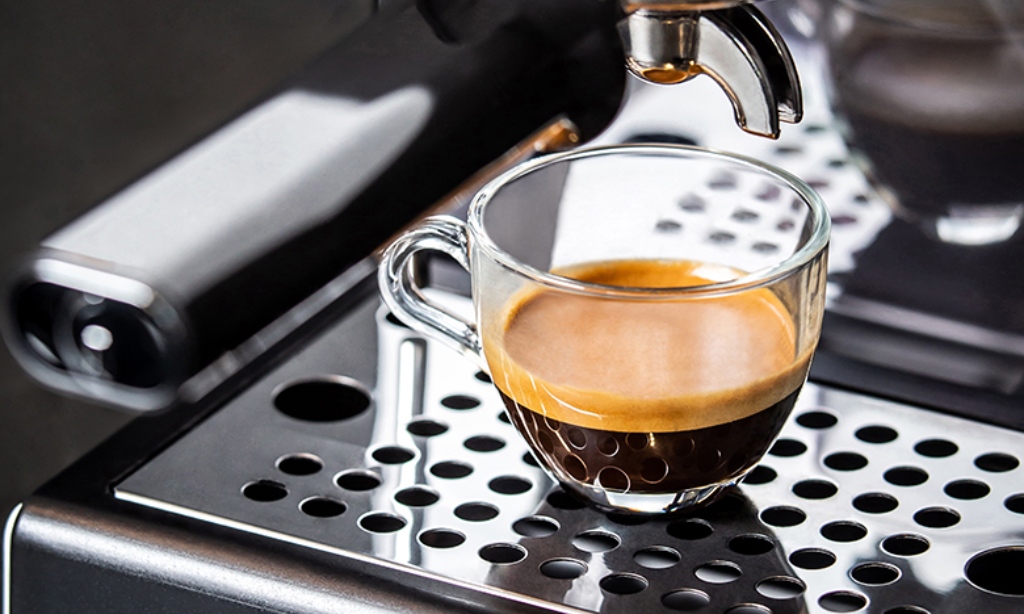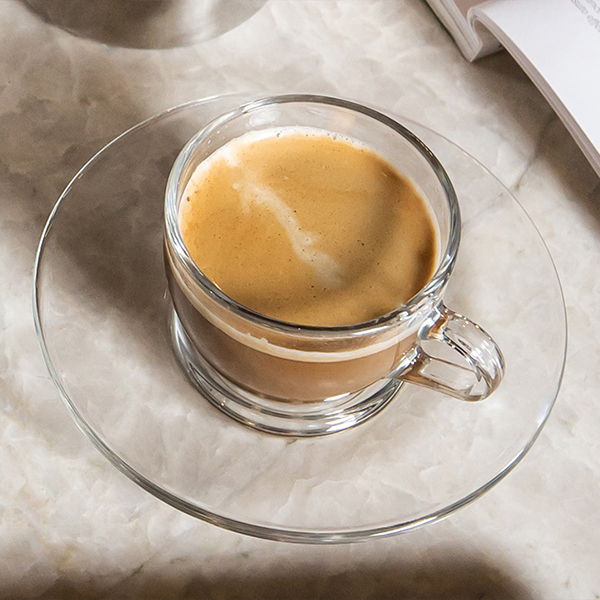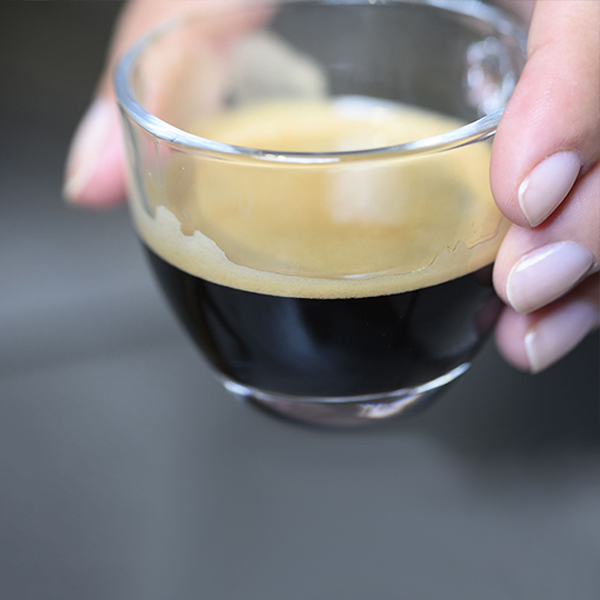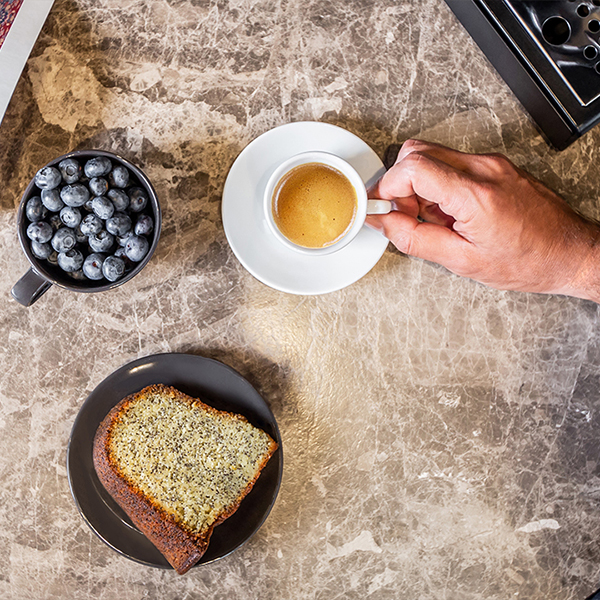Differences between coffee and espresso

What makes a coffee different from an espresso? From how they are made to the in-cup result, let’s find out everything about these two drinks in this article.
In Italy, coffee is a statement, and so is the wording related to it. The first clarification worth making is the difference between coffee and espresso. Even if these two beverages are made with the same ingredients – ground roasted coffee beans and hot water – they are not the same thing.
It is in Italy, in fact, that this difference was pointed out for the first time. After the invention of the moka by Alfonso Bialetti, people had the pleasure to enjoy the “espresso”, and then the “espresso with crema naturale”, product of the Sistema Lampo, the ingenious invention of Achille Gaggia
Wording: coffee vs espresso
The term “espresso” refers only to a drink made with an espresso machine, whether it is professional or for home use. On the contrary, coffee can be prepared with several systems and appliances, from the moka to the American drip coffee maker.
In Italy we are so fond of the espresso that, if you order a coffee in a bar or at the restaurant, you can use the word “coffee” (caffè) instead of “espresso”! Just because here almost everyone drinks only espresso at bars, the two words are interchangeable. If you would like to have an Americano or a filter coffee, ask specifically for it. Anyways, if you ask for an American coffee in some typical Italian bars, it is common to get an espresso served in a bigger cup, and a pot of hot water to pour on it.



Different methods of preparation
Coffee and espresso are made in different ways, according to the system and technology used.
To make a coffee, you can use several appliances, from the moka to the modern Chemex, the French Press and the drip coffee makers. With the moka, the pressure of the steam produced by boiling water leads water to pass through the filter and merge with the ground coffee.
For filter coffee or American coffee there is no pressure involved. The ground coffee is left in contact with hot water, and then it is filtered.
On the contrary, to make an authentic Italian espresso with a layer of crema naturale on top, you must use a manual or an automatic espresso machines. And, whether it is a professional coffee machine or one for home use, the mechanism involved is almost the same, invented by Gaggia in 1938!
In fact, hot water under pressure flows through ground and tamped coffee and extract the coffee oils. These oils makes the characteristic delicious layer of crema. This procedure involves a concentrated and stronger pressure, and the in-cup result looks rich, strong, more aromatic and unique.
Different taste and aroma
If you look at two cups, one with coffee and one with an espresso, you can easily tell one from another, starting from the color. Coffee has a more homogenous and very dark, almost black, tone, while the espresso has a light brown and creamy hazelnut shade of color.
When you taste them, even the texture is not the same. The espresso is creamy and denser compared to the coffee made with the moka or with an American coffee maker. It is easy to say that also the flavour varies, as the two different extraction methods release the aromas in different ways.
Of course, it is easy to understand that the blend you use plays a crucial role too. If you want to prepare a filter coffee, pick a coarsely ground coffee and do not use a finely ground blend. Also, the origin, composition and roasting of the blend make a difference. For a filter coffee, you can opt for medium-light roasted beans, while for a creamier result, choose a blend with a percentage of Robusta in it. It has more caffeine than the Arabica variety, that means more oils, so the drink will have more crema.
Which drink has more caffeine?
Some people believe that espresso has more caffeine than a filter coffee, but it is not true.
The amount of caffeine in your coffee or espresso depends on the blend you use, the method of preparation, and the time of extraction. In fact, the more time coffee stays in contact with water, the more caffeine will be released in the cup.
If you use the same blend to make a coffee and an espresso, a cup of espresso will have 60 to 80 mg of caffeine, while a cup of coffee made with a moka or filter will contain from 100 to 150 mg. That explains also why a ristretto coffee has even less caffeine, as coffee and water stay in contact for less time than a regular espresso.
 Truly Italian Roots
Truly Italian Roots